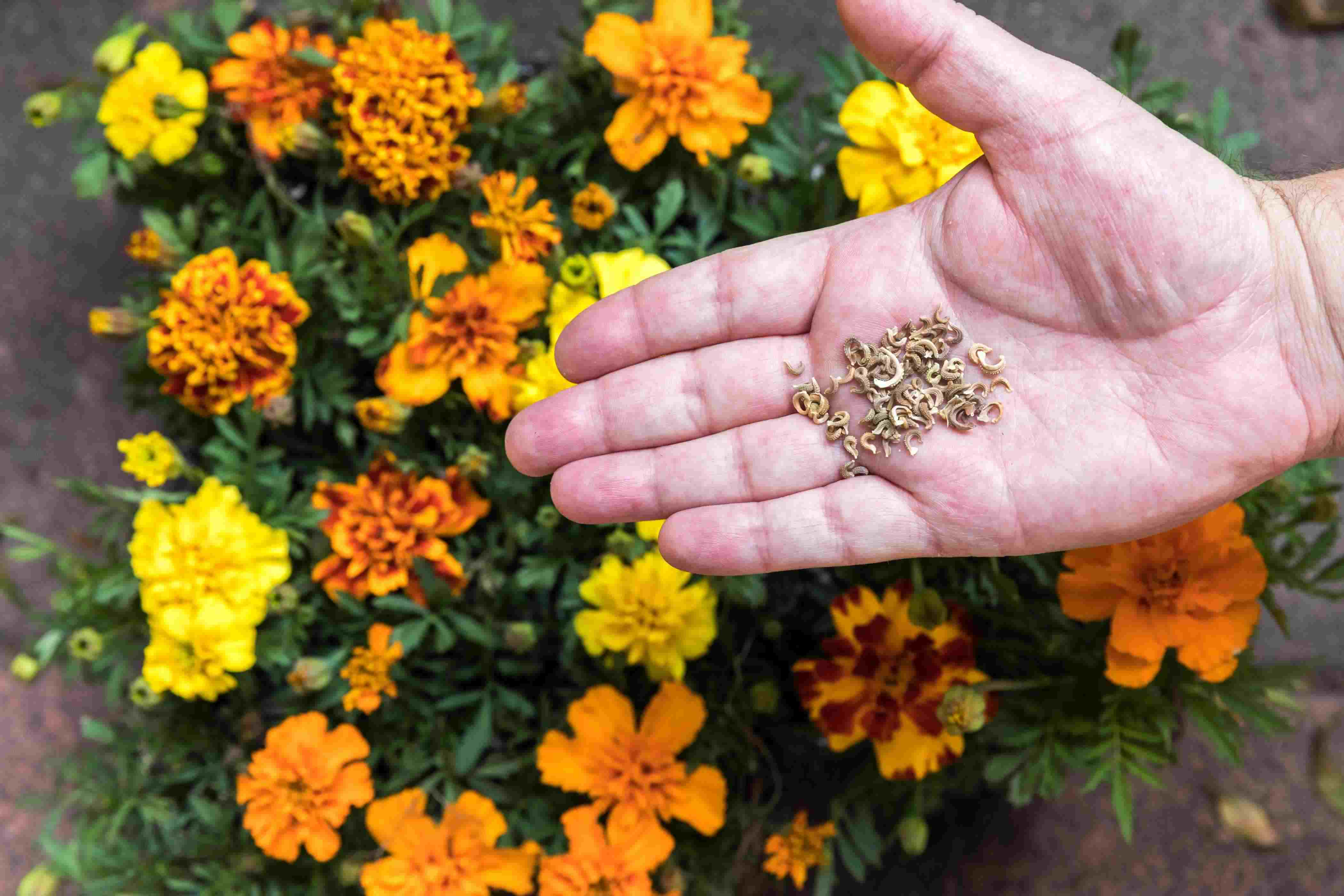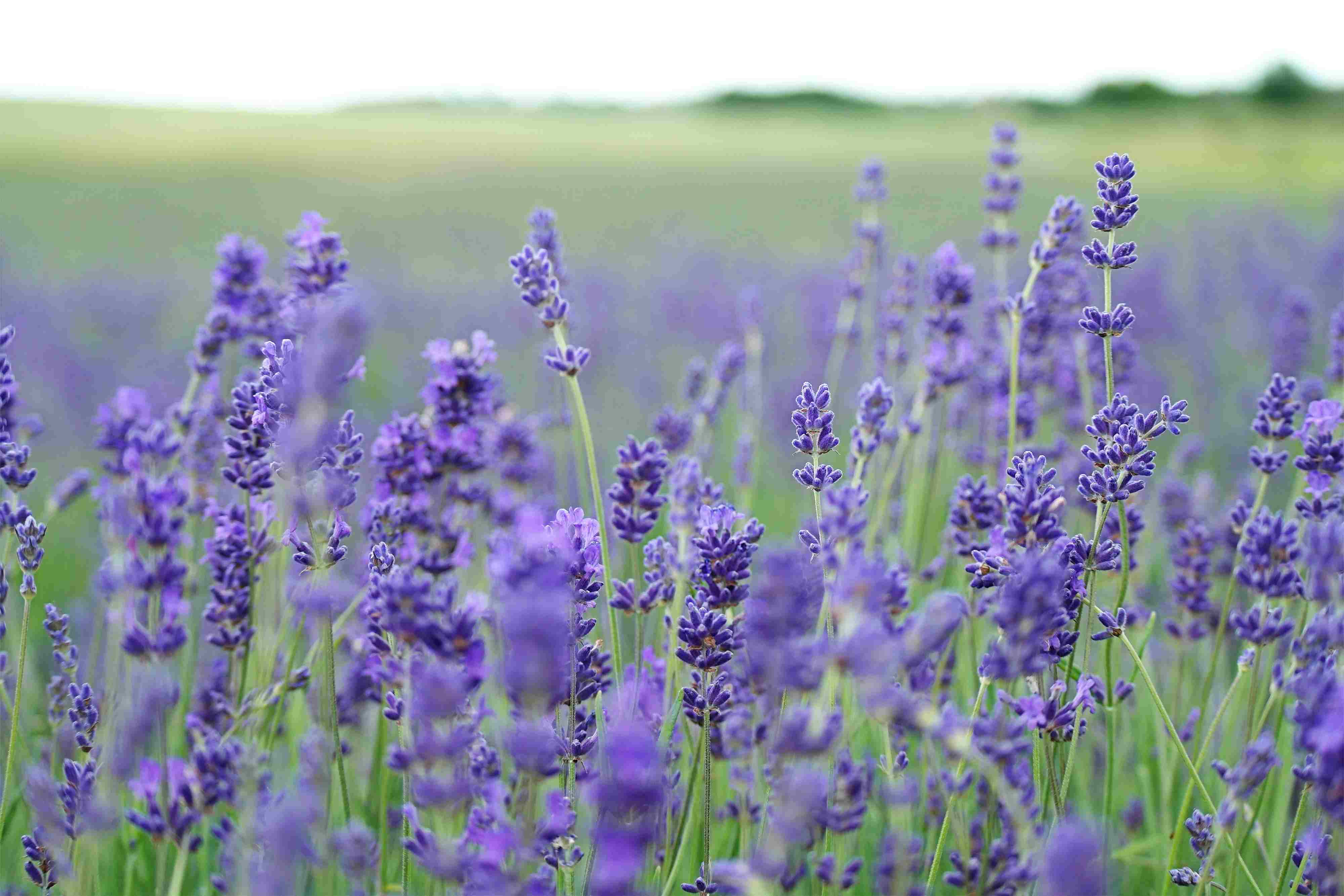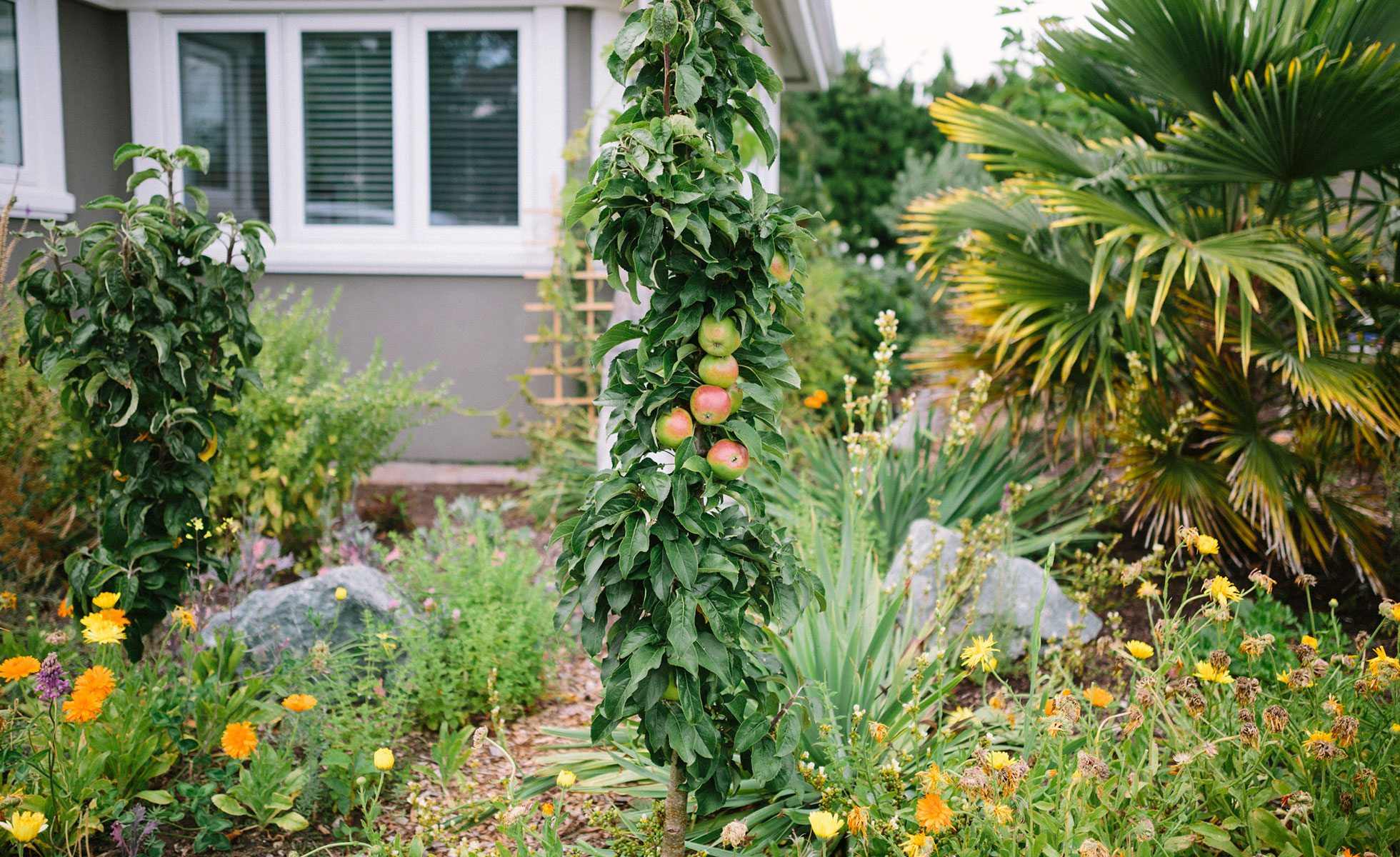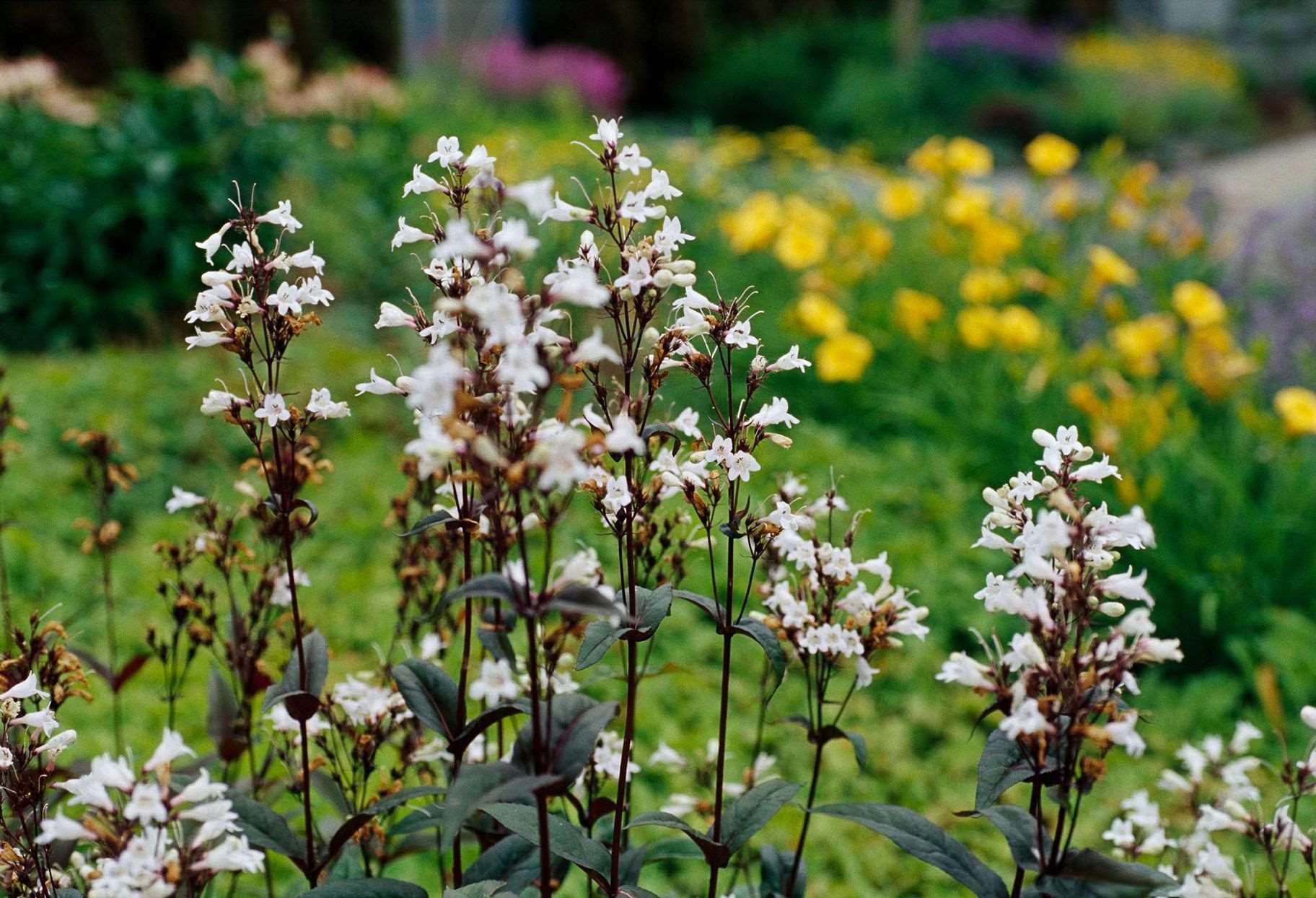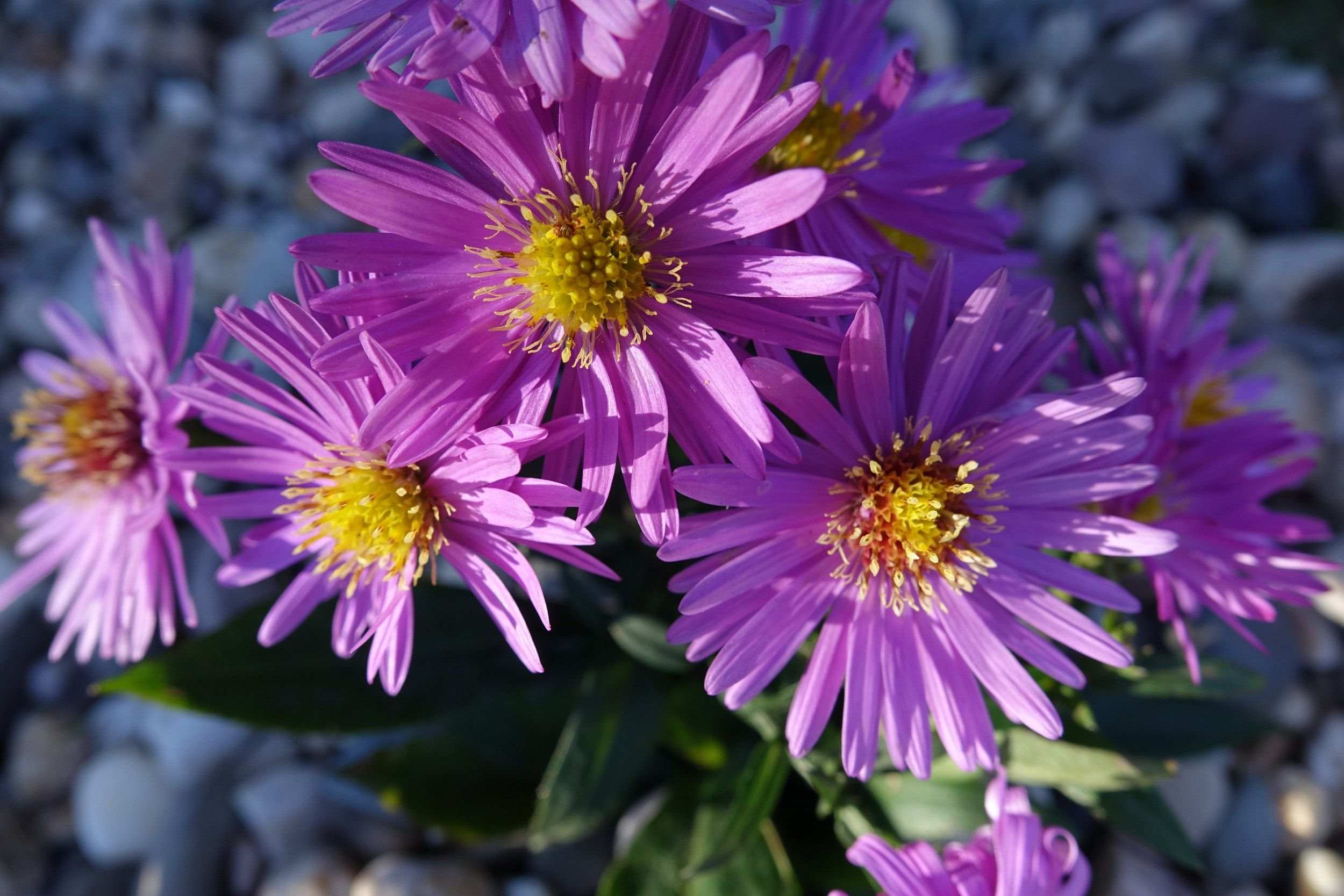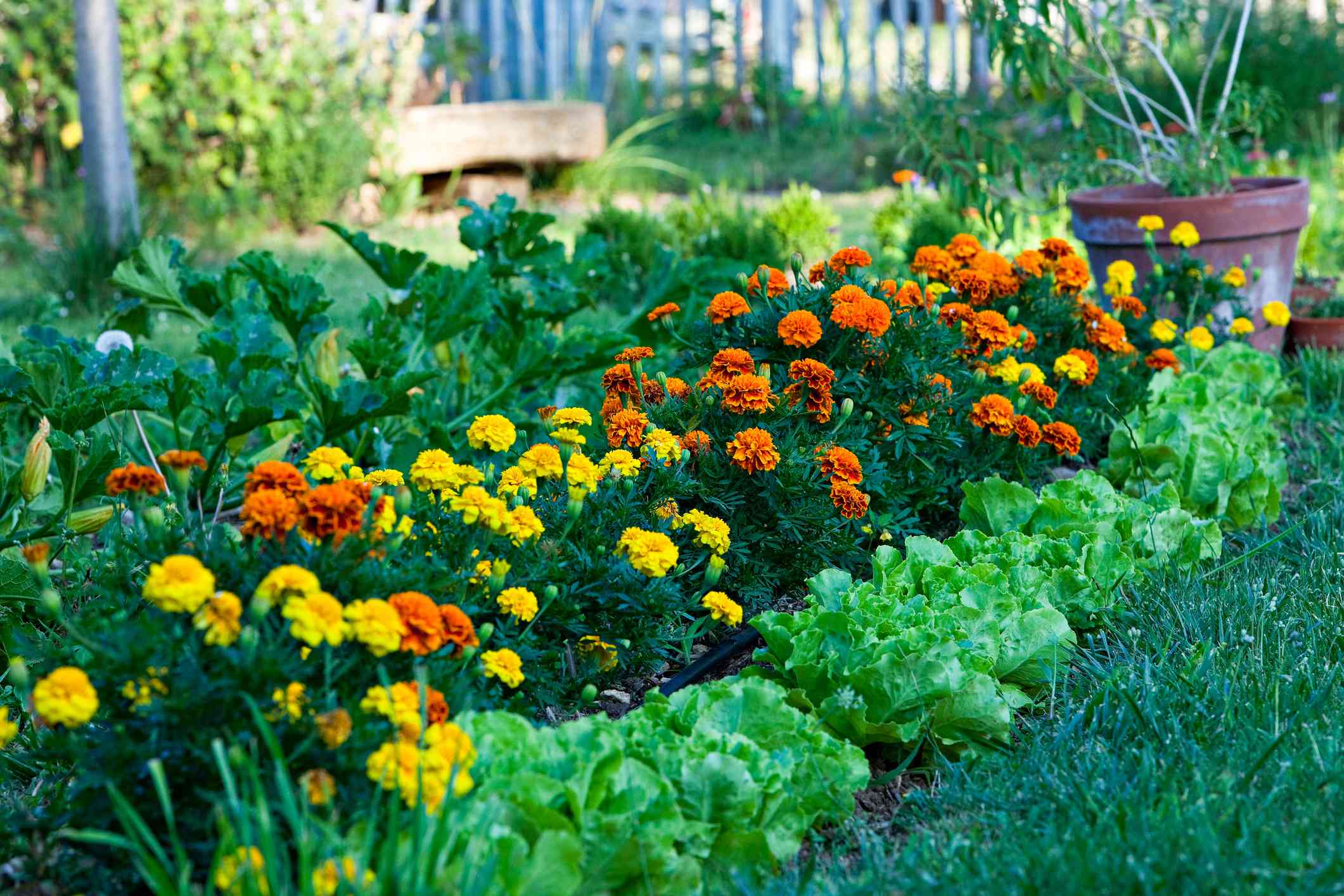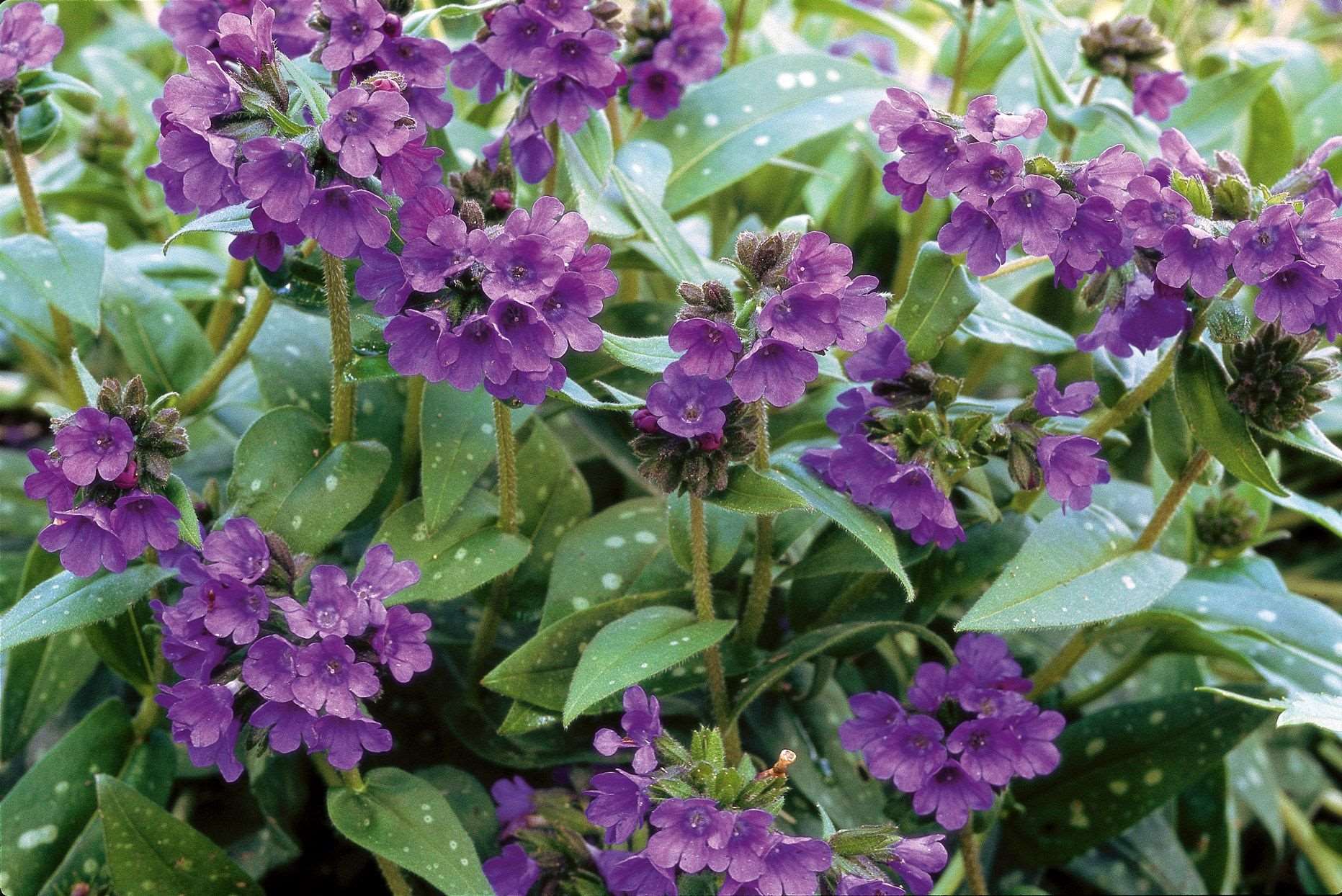Home>Types of Gardening>Ornamental Gardening>What Marigolds Are Perennials
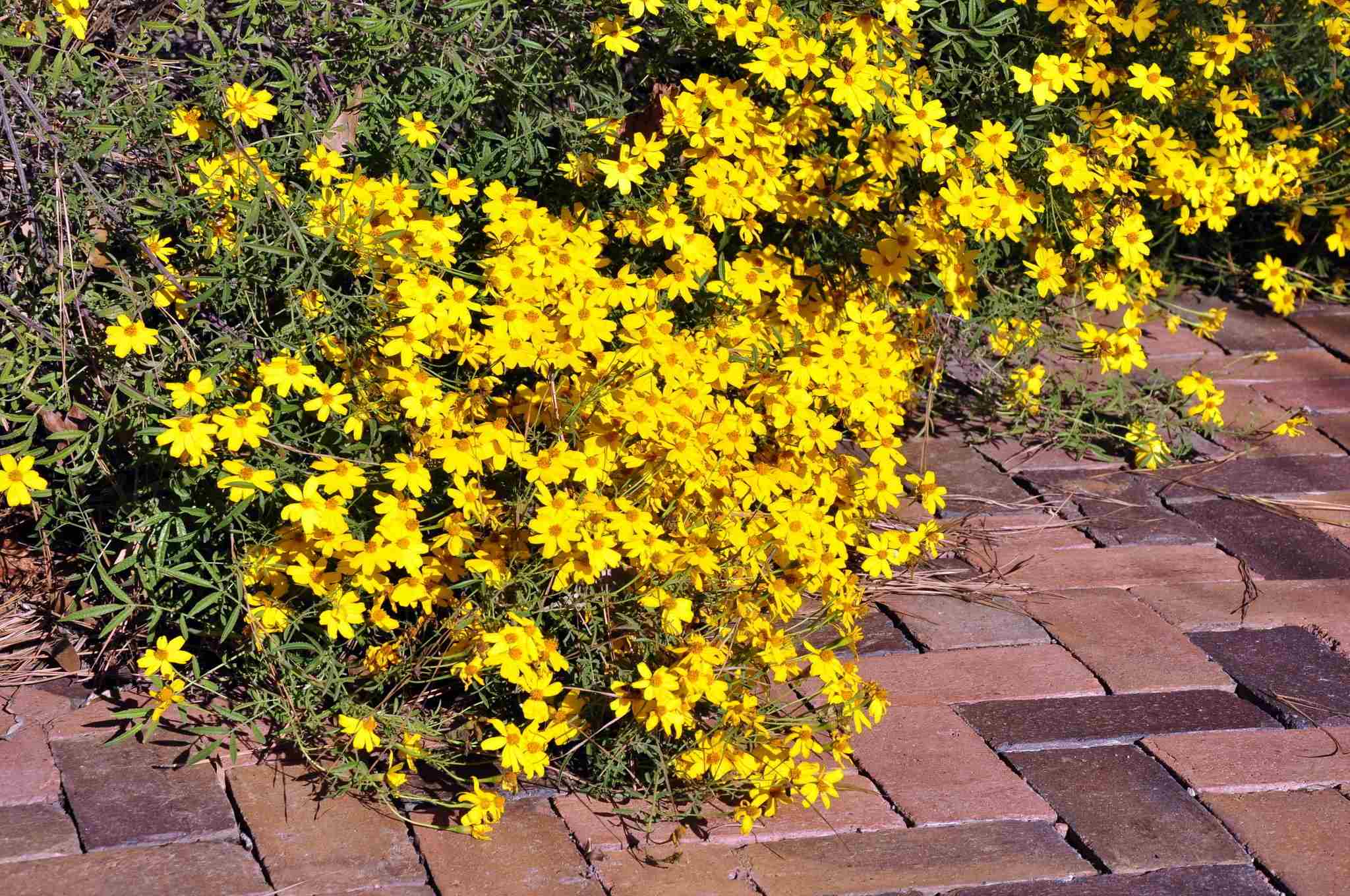

Ornamental Gardening
What Marigolds Are Perennials
Modified: January 22, 2024
Explore the world of ornamental gardening with perennials like marigolds. Discover how these vibrant flowers can add color and beauty to your garden year after year.
(Many of the links in this article redirect to a specific reviewed product. Your purchase of these products through affiliate links helps to generate commission for Chicagolandgardening.com, at no extra cost. Learn more)
Table of Contents
Introduction
Ornamental gardening is a delightful and rewarding hobby that allows individuals to create beautiful and vibrant outdoor spaces. One of the key aspects of ornamental gardening is choosing the right plants to cultivate. While many flowers and plants are annuals, meaning they complete their life cycle within one year, there is a special category known as perennials.
Perennials are plants that can live for multiple years, providing a consistent and enduring presence in a garden. As they continue to grow and flourish year after year, perennials become the backbone of any well-designed ornamental garden. Among the wide variety of perennials available, marigolds are a popular and versatile choice.
Marigolds are beloved for their vibrant colors, distinct scent, and ability to attract pollinators like bees and butterflies. Traditionally used as annuals, meaning they are planted and bloom in the same year, it may come as a surprise to learn that marigolds can also be grown as perennials.
In this article, we will explore what it means for marigolds to be perennials, the factors that influence their perenniality, and how to care for them to ensure their longevity in your garden. Whether you are a seasoned gardener or just starting out, understanding the potential of marigolds as perennials can open up new possibilities for your ornamental garden.
Definition of Perennials
Before delving into the world of perennial marigolds, it’s important to understand what perennials are and their significance in ornamental gardening. Perennials are plants that have a lifespan of more than two years, meaning they are capable of regrowing and flowering for several seasons. Unlike annuals, which complete their life cycle within a single year, perennials provide long-lasting beauty and structure in a garden.
Perennials have the remarkable ability to survive the winter months and regrow from their root systems each spring. This resilience allows them to thrive year after year, making them a valuable and cost-effective addition to any garden. Some of the most common types of perennials include flowers, grasses, trees, and shrubs.
Perennial plants exhibit a range of growth habits, including herbaceous and woody. Herbaceous perennials, such as daylilies and asters, have soft stems that die down to the ground during winter but regrow from the base in the following seasons. Woody perennials, on the other hand, have woody stems and often retain foliage throughout the year. Examples include shrubs like roses and trees like oak or maple.
The longevity of perennials makes them advantageous for gardeners looking to establish a sustainable and low-maintenance garden. Once planted, perennials require less effort and expense compared to their annual counterparts, as they do not need to be replanted each year. Instead, they continue to grow and bloom, adding beauty, texture, and variety to the garden landscape for years to come.
It’s worth noting that while perennials have the potential to live for multiple years, they do have a natural lifespan and may eventually decline over time. However, with proper care and maintenance, their lifespan can be extended, allowing them to thrive and bring joy to gardeners for many seasons.
About Marigolds
Marigolds, scientifically known as Tagetes, are vibrant and versatile flowers that have captured the hearts of gardeners for centuries. Native to Mexico and Central America, these sunny blossoms have become popular worldwide due to their striking colors, unique scent, and multiple benefits in the garden.
There are several species of marigolds, but the most commonly cultivated types are French Marigolds (Tagetes patula), African Marigolds (Tagetes erecta), and Signet Marigolds (Tagetes tenuifolia). Each species possesses its own distinct characteristics, making them suitable for various garden settings and preferences.
French Marigolds, also known as dwarf marigolds, are compact in size and produce an abundance of small flowers in a wide range of colors, including yellow, orange, and red. They typically grow to a height of 6-12 inches and are often used as edging plants, in containers, or in mass plantings to provide a vibrant burst of color.
African Marigolds, on the other hand, are known for their large, showy blooms and robust stature. They can reach heights of up to 3 feet and produce flowers in bold shades of yellow, orange, and gold. African Marigolds are often used as focal points in flower beds and borders, as well as in cut flower arrangements due to their long stems.
Signet Marigolds, also called Gem marigolds, offer a unique twist with their clusters of small, dainty flowers and finely divided foliage. They have a delicate appearance and come in shades of yellow and orange. Signet Marigolds are valued for their attractive foliage and are excellent choices for rock gardens, borders, or as companion plants for vegetables and herbs.
In addition to their visual appeal, marigolds are also known for their distinctive scent, which is often described as citrusy or musky. This scent serves a purpose beyond just pleasant aromatics – it helps deter pests, particularly insects such as aphids and nematodes. This pest-repellent quality makes marigolds a popular choice for companion planting, as they can help protect neighboring plants from insect damage.
Marigolds are relatively easy to grow and are adaptable to a variety of soil conditions, as long as they receive full sun exposure. They are often used in borders, container gardens, or as bedding plants to add cheerful color and texture to the landscape. Whether you choose French, African, or Signet Marigolds, these vibrant flowers are sure to bring joy and beauty to your garden all season long.
Marigolds as Perennials
While marigolds are commonly grown as annuals, it is possible to cultivate them as perennials under the right conditions. Generally, marigolds are considered short-lived perennials, with a lifespan of two to three years. However, with proper care and favorable growing conditions, they can extend their lifespan and continue to grace your garden for many seasons.
The ability of marigolds to grow as perennials depends on several factors, including the specific variety, climate, and growing conditions. Some marigold varieties are more suited to perennial growth, while others are primarily cultivated as annuals. It’s important to choose perennial varieties or seek advice from local gardening experts to ensure success.
When growing marigolds as perennials, it is crucial to provide them with optimal growing conditions. Marigolds thrive in full sun, so be sure to plant them in a location where they will receive at least six hours of direct sunlight each day. The soil should be well-draining and enriched with organic matter, as marigolds prefer slightly acidic to neutral soil pH levels.
To encourage perennial growth, it is recommended to deadhead spent blooms regularly. This process involves removing the faded flowers to prevent seed formation and promote continuous blooming. Deadheading redirects the plant’s energy from seed production to root and foliage growth, helping marigolds maintain vigor and longevity.
Proper watering is also crucial for perennial marigolds. While they can tolerate some drought, it is important to provide consistent moisture to prevent stress and encourage healthy growth. Water marigolds deeply, allowing the soil to dry slightly between waterings, but avoid overwatering, as excessive moisture can lead to root rot.
Adding a layer of organic mulch around the base of the plants can help conserve moisture, suppress weed growth, and moderate soil temperature. Mulching also provides a neat and tidy appearance to the garden while protecting the marigold’s delicate root system.
Marigolds can be pruned or trimmed back in late summer or early fall to promote compact growth and encourage the development of fresh foliage and flowers. Cut back the stems by about one-third to maintain their shape and size. However, be mindful not to trim them too late in the season, as this may interfere with their natural cycle and affect their ability to overwinter.
While marigolds may require some extra care and attention to establish them as perennials, the effort is well worth it for the beauty and longevity they bring to the garden. With their vibrant colors, unique scent, and pest-repellent properties, perennial marigolds can be a valuable addition to any ornamental garden, providing years of enjoyment and attracting beneficial pollinators.
Factors Affecting Marigolds’ Perenniality
The perenniality of marigolds can be influenced by various factors, including genetics, environmental conditions, and proper care. While some marigold varieties are naturally more inclined to be perennials, certain conditions and proactive measures can increase their chances of thriving as perennials in your garden.
Genetics play a significant role in determining whether a particular marigold variety has the potential to grow as a perennial. Some varieties are bred specifically for their perennial traits, while others are predominantly cultivated as annuals. It is essential to select marigold varieties labeled as perennials or consult with local gardening experts who can provide guidance on perennial options suitable for your region.
Environmental factors also play a crucial role in marigolds’ perenniality. Marigolds thrive in warm climates and are generally more tolerant of heat and drought conditions. In regions with mild winters or extended growing seasons, marigolds have a higher chance of surviving and re-emerging in subsequent years. In colder climates, providing protection from frost or transplanting marigolds into containers and moving them indoors during the winter may be necessary to maintain their perennial status.
Proper care and maintenance are essential for maximizing the chances of marigolds growing as perennials. Providing adequate sunlight, well-draining soil, and regular watering are vital for their overall health and longevity. Maintaining a healthy and vigorous root system through proper watering practices will help marigolds withstand various environmental challenges and stressors.
Additionally, soil fertility and nutrient levels can impact the perenniality of marigolds. It is recommended to amend the soil with organic matter, such as compost or well-rotted manure, to improve its structure and fertility. This practice enhances nutrient availability and contributes to healthy root development, anchoring the marigolds and providing the necessary resources for their ongoing growth.
Protecting marigolds from pests and diseases is also crucial in promoting their perenniality. Regularly monitor the plants for signs of common pests like aphids or spider mites and take appropriate measures, such as using organic insecticides or implementing companion planting strategies, to deter these pests. Additionally, providing adequate air circulation and avoiding overcrowding can help prevent the development of fungal diseases or rot.
By understanding these factors and taking proactive steps to address them, you can significantly increase the likelihood of marigolds thriving as perennials in your garden. With the right genetic selection, suitable environmental conditions, and proper care, perennial marigolds can offer years of vibrant beauty and joy, enhancing your ornamental garden with their cheerful blossoms.
How to Care for Perennial Marigolds
Caring for perennial marigolds is essential to ensure their ongoing health and success in your garden. By following a few key steps, you can provide the optimal conditions for these beautiful flowers to thrive and continue their blooming cycle for multiple years.
Here are some care tips to keep in mind when tending to your perennial marigolds:
- Planting: Choose a location with full sun exposure, as marigolds require at least six hours of direct sunlight each day to flourish. Prepare the soil by loosening it and incorporating organic matter, such as compost, to enhance drainage and provide nutrients.
- Watering: Marigolds prefer moderate and consistent moisture levels. Water deeply when the top inch of soil feels dry, allowing it to dry out slightly between waterings. Avoid overwatering, as soggy soil can lead to root rot and other issues.
- Fertilizing: Marigolds benefit from regular fertilization to promote healthy growth and abundant blooms. Apply a balanced, slow-release fertilizer according to the product’s instructions, typically in early spring and again in midsummer.
- Deadheading: Remove spent flowers regularly by pinching or cutting them off at the base. Deadheading encourages continuous blooming and prevents the plant from diverting energy into seed production.
- Pruning: In late summer or early fall, prune perennial marigolds by cutting back the stems by about one-third. This process promotes compact growth and helps rejuvenate the plants for the following season.
- Pest and Disease Management: Monitor your marigolds for common pests like aphids, spider mites, or snails. Implement organic pest control methods, such as introducing beneficial insects or using insecticidal soap, to manage any infestations. Keep the plants well-spaced and ensure good air circulation to minimize the risk of fungal diseases.
- Winter Protection: In regions with harsh winters, provide protection for perennial marigolds by applying a layer of mulch around the base of the plants in late fall. This helps insulate the roots and protect them from frost damage. Alternatively, consider transplanting the marigolds into containers and moving them indoors during the colder months.
By following these care guidelines, you can nurture your perennial marigolds and help them thrive year after year. With their vibrant colors, pleasant scent, and resilience, these long-lasting flowers will continue to bring beauty and joy to your ornamental garden.
Conclusion
Marigolds, with their vibrant colors, unique scent, and pest-repellent properties, are cherished by gardeners worldwide. While typically grown as annuals, marigolds can also be cultivated as perennials under the right conditions. By understanding the factors that affect their perenniality and providing proper care, you can enjoy the beauty and longevity of marigolds in your ornamental garden for multiple years.
Perennial marigolds offer the advantage of providing consistent and enduring beauty to your outdoor spaces. These hardy flowers have the potential to survive and thrive for multiple seasons, becoming a reliable presence in your garden landscape. With their diverse varieties, including French, African, and Signet marigolds, there are endless possibilities for incorporating these cheerful flowers into your gardening vision.
Creating the ideal environment for perennial marigolds involves making thoughtful choices in terms of variety selection, providing optimal growing conditions, and implementing proper care and maintenance. Whether you live in a warm climate where marigolds can overwinter naturally, or in a colder region where additional protection is needed, there are steps you can take to maximize the chances of success.
From planting in full sun and well-draining soil to deadheading spent blooms and providing regular watering and fertilization, each step contributes to the long-term health and vitality of your perennial marigolds. By paying attention to pest and disease management and protecting the plants during harsh winters, you can help ensure their ongoing growth and blooming cycle.
Marigolds, with their resilience and enduring charm, bring joy and beauty to any garden. Whether you choose to grow them as annuals or explore their potential as perennials, these lovely flowers are sure to enhance your ornamental garden with their vibrant colors, delightful fragrance, and beneficial qualities.
So, why not consider introducing perennial marigolds into your garden? With their longevity, versatility, and ability to attract beneficial pollinators, these flowers are a valuable addition that can truly transform your outdoor space into a haven of color and life.

